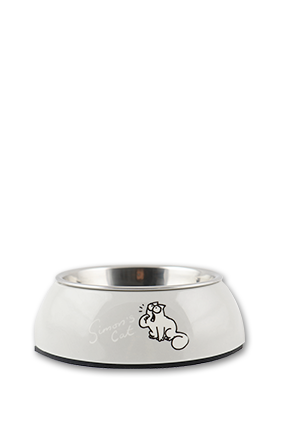Cat grooming
Shedding and grooming in cats
Our feline friends usually have a soft, dense coat. Depending on the breed and individual characteristics, a cat will shed its coat at least twice a year or moult throughout the year. As a rule, cats shed most heavily in spring and autumn. The British Shorthair, for example, is one of the breeds that sheds its coat more heavily.
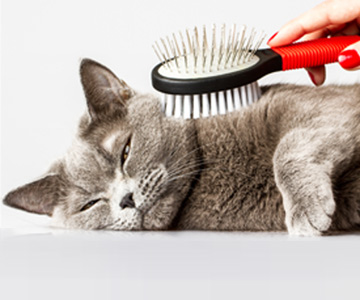 Some cat breeds shed their coat more heavily or moult all year round
Some cat breeds shed their coat more heavily or moult all year round
Myth: washing vs. grooming your cat
In general, cats are very clean animals and invest a lot of time in grooming themselves. When brushing, they remove loose hairs with their roughened tongues, while at the same time relieving stress and cooling themselves if necessary. A ‘catlick’ is therefore anything but the proverbial short and superficial clean. With their tongue, cats have a perfect tool for grooming their fur and spend hours cleaning. This means it is usually unnecessary to bathe cats, and does more harm than good to our feline friends. Because bathing is very stressful for our lounge leopards, which can affect the cat's general health. A bath can only be helpful in exceptional cases – such as extreme soiling or a severe infestation of parasites – where brushing or rubbing the cat with a damp cloth will not help.
Helping your cat to groom
Targeted combing of the cat not only helps to care for the coat, but also offers you and your pet other benefits. In addition to removing loose hair, pamper your feline friend with a pleasant massage that also helps blood circulate around the skin. It is also very easy to check your cat for injuries or parasites while doing so, and notice changes in the skin or coat more quickly. In addition, regular brushing strengthens the bond between you and your cat.
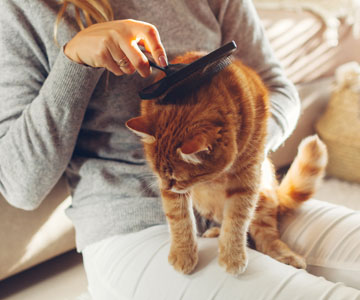 Helping your cat groom and combing it regularly strengthens the bond between human and cat
Helping your cat groom and combing it regularly strengthens the bond between human and cat
The cat's coat reflects its health
The texture of the cat's coat often reflects the physical and mental health of our feline friends. Most cats have a soft, dense and shiny coat. A dull coat with bald patches may indicate health problems. But regular grooming in cats has other health benefits.
Preventing the risk of intestinal obstruction due to fur balls
When grooming their fur, cats will swallow some hair. Since the swallowed hairs are indigestible, they are usually regurgitated. A cat will vomit fur that it has cleaned no more than once a week. If the cat does not manage to regurgitate all the hair or swallows too much cat hair, the so-called hairballs can lead to a serious intestinal obstruction. The intestinal obstruction must then be surgically removed by a veterinarian. Targeted grooming in cats can minimise this risk for our lounge leopards by brushing off some of the loose hair that they would otherwise swallow when grooming. However, if your cat still swallows a lot of hair due to regular heavy shedding or pathological grooming behaviour, plant fibres such as cat grass will encourage regurgitation.
Discovering parasites in your cat’s fur
By combing the cat's fur regularly and keeping a watchful eye during grooming, you can spot parasites such as ticks, mites, fleas, lice or hair lice. A parasite infestation is not only annoying, but also harmful for your cat and possibly for you as well. The small creepy-crawlies usually trigger a strong itch, which cats try to fight with frequent scratching or gnawing. You can find out how dangerous the little parasites are and what you can do to combat them in this guide article.
The importance of feeding according to the needs of a shiny cat coat
A nutrient deficiency can also be noticeable in cats’ coats. The cat's coat should be slightly shiny. If there is a lack of nutrients over a longer period of time, for example due to incorrect feeding, the coat can become dull or hair loss and bald patches in the coat can occur. Our lounge leopards originated as predatory cats, which catch and consume their prey. This means they are counted among the classic carnivores. Protein, which is contained in meat, is an important basic building block for healthy cat skin, which means it is also essential for the coat. A cat food that meets the needs of the species should therefore have a high proportion of fresh meat. This is the only way to provide the cat with the important proteins and nutrients that also make the cat's coat shine.
Cat brushing: This is how grooming works for cats
To ensure that grooming is as pleasant as possible for your cat, strengthens your relationship and does not cause stress, follow these tips:
- Brush in the direction of growth of the cat's coat
- For cats with very long hair, lift the upper layer of the coat to brush the undercoat first, then comb the complete cat coat
- Choosing the right brush for cats
- Brush more frequently during the cat's shedding cycle
Cats may not let you brush them
Unfortunately, not all lounge leopards like having their fur combed, and will run away as soon as you reach for the brush. Other cats might try to fight back with claws and teeth because they find combing stressful. In this situation do not give up, but be patient. Give your cat a moment's rest and try again, step by step.
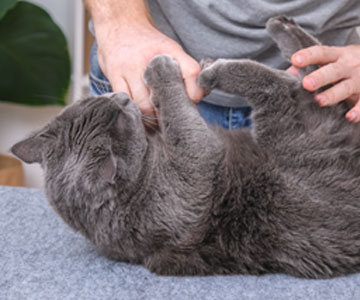 What to do if the cat won’t let you brush it?
What to do if the cat won’t let you brush it?
Getting the cat used to brushing
Getting the cat used to brushing
- Ensure a calm atmosphere
- Reward your cat with a treat
- You should loosen tangles or knots in the coat carefully with your fingers at the beginning, or cut them out very carefully.
Getting kittens used to brushing
Baby cats are usually even more playful and curious than adult cats. You can take advantage of this when grooming the kitten:
- Let the kitten sniff the brush
- Start with gentle brushing
- Stroking in between will help relaxation
- After grooming, reward with treats or games
Which brush is best for cats?
Choosing the right brush, or tool, can also make all the difference in grooming your cat. The following table gives you an overview of common tools that care for your cat's coat and make it shine:
| Tool | Application | Advantage |
|---|---|---|
| Cat brush with soft bristles | For general grooming, smoothes the cat's coat | Gentle application, also makes the coat shine |
| Cat brushes with metal bristles |
For general grooming, also very good during the moulting period | Thoroughly brushes out loose hair |
| Grooming glove | To get cats and kittens started and used to brushing | Gentle application, the cat feels like it is being stroked |
| Cat comb (made of metal) | Particularly suitable for removing the undercoat in cats | Especially good during spring moulting |
More tips for grooming cats
Loosening tangles and knots
For long-haired breeds, you can loosen tangles and knots by brushing regularly to prevent them from forming. This is advisable, as it can be difficult for the cat to counteract these on its own. If stubborn tangles cannot be loosened even with a brush, carefully cutting them out is often the only thing that will help. To do this, lift the matted piece of fur slightly without pulling on it! While cutting, also hold a finger under the matted area for safety, and to protect your cat.Removing the cat's undercoat
How often should I brush my cat?
- Brush long-haired cats several times a week to daily
- Brush short-haired cats approx. once a week
- Brush every one to two days during moulting, otherwise twice a week and as needed


 Deutsch
Deutsch
 English
English
 Nederlands
Nederlands
 Français
Français

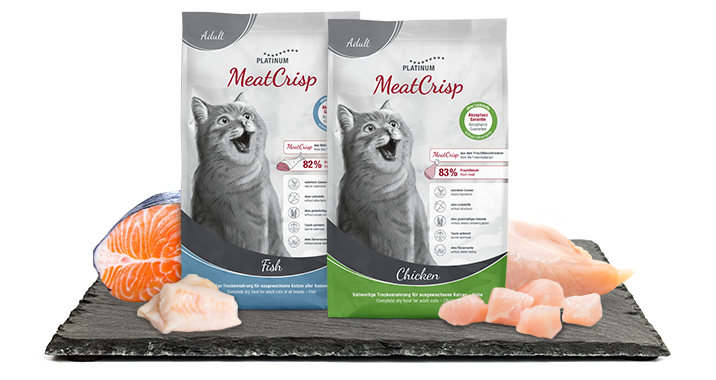
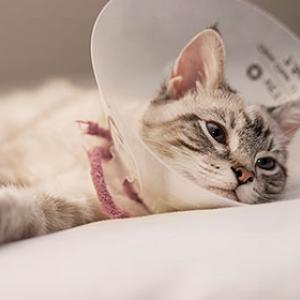
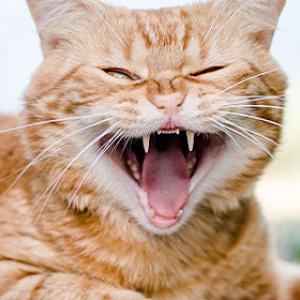
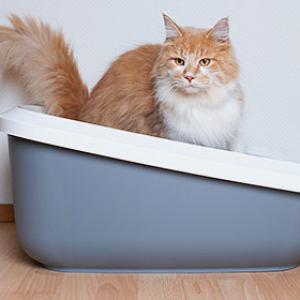
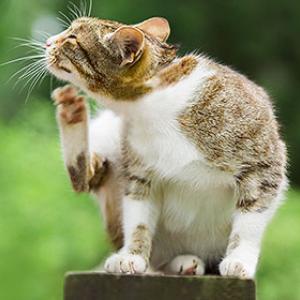
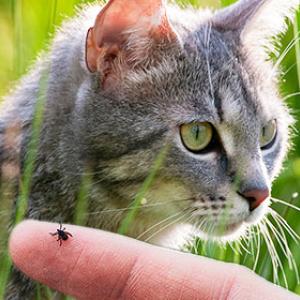
.png)
.png)
.png)
